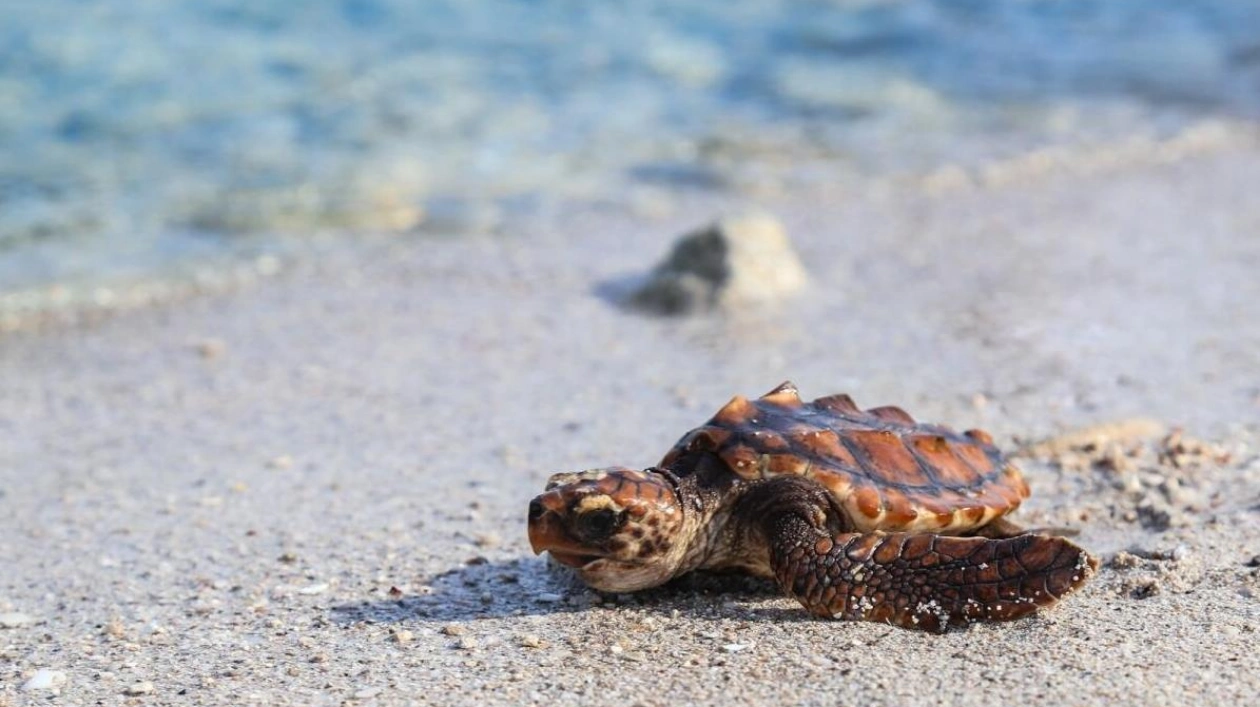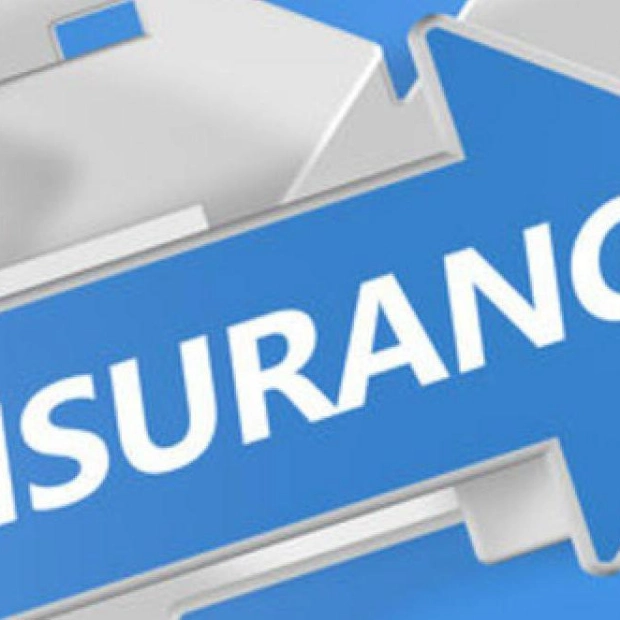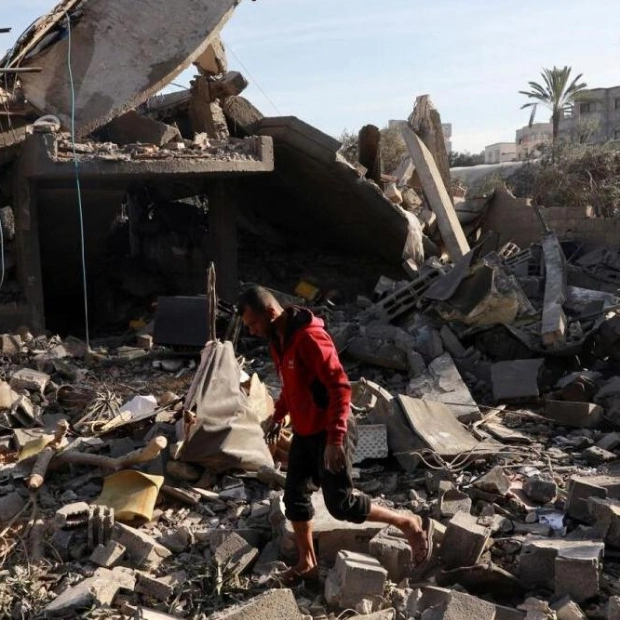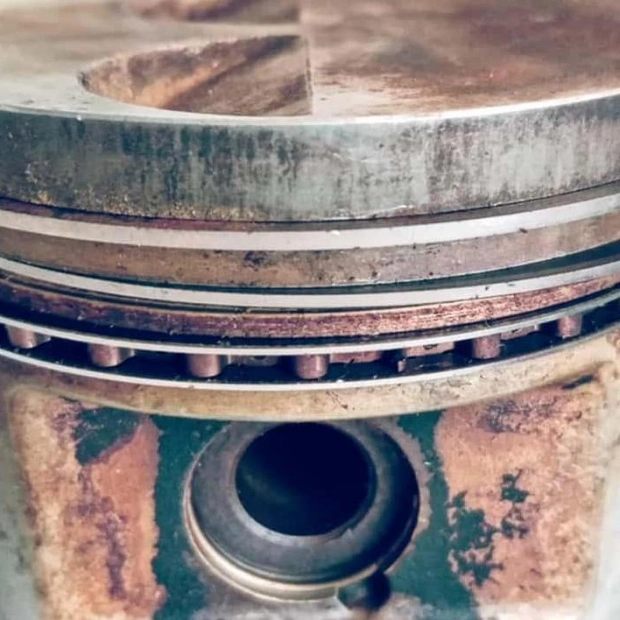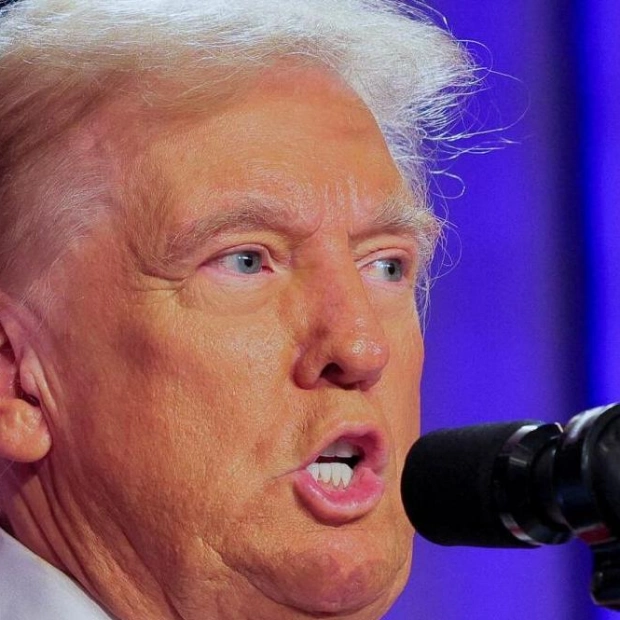At the Yas SeaWorld Research and Rescue Centre in Abu Dhabi, numerous marine animals, including turtles, are being rescued, treated, and released back into their natural habitats. Spanning 8,600sqm, this facility, which became operational in the first quarter of last year, stands as the largest marine research, rescue, rehabilitation, and return center in the region. Since its inception, the center has offered essential care to a diverse array of species, from sea turtles and dolphins to endangered creatures. It features the region’s first marine wildlife rescue ambulances equipped with specialized gear and a sophisticated fleet of rescue boats.
Subject-matter experts from the center recently guided Khaleej Times through the behind-the-scenes operations, detailing how they handle marine emergencies, beginning with a call to the shared hotline with the Environment Agency – Abu Dhabi (EAD) at 0565030060. Jonathan Diaz, the zoological manager, emphasized, “If you encounter a distressed marine animal, alert us through the Abu Dhabi Government call center at 800-555 or directly on 0565030060. We are prepared to assist any sick or injured marine animal.” Upon receiving a distress call, teams from both EAD and the center evaluate the situation and devise a tailored rescue plan.
Diaz explained, “Once the plan is set, the marine wildlife ambulance is promptly dispatched to assess the animal’s condition and determine the initial care steps. Based on this assessment, experts decide whether immediate care is needed or if the animal should be transported to the center.” The center’s rescue ambulances can handle up to 6,000kgs, with each rescue tailored to the specific needs of the distressed animal. For instance, in the case of a dugong, a rescue boat transfers it to shore, followed by a rescue van to the center, where it receives care from advanced technology and a specialized zoological team.
The rescue ambulances are designed for maximum interior space, accommodating various species without size limitations. “Large animals like dolphins and dugongs can move freely during transport, reducing the risk of injury,” Diaz noted. The ambulances are lined with sponge material for comfort, and carry specialized equipment tailored to each rescue mission, including stretchers, water sprayers, and pre-filled ‘go bags’ with essential items.
The center has recently expanded its rescue fleet with two new boats, including an 8.2m-long vessel equipped with two nets, one 90m and the other 365m, capable of handling a wide range of marine animals. A smaller, seven-meter-long boat serves as a crucial support vessel, designed for smaller rescue operations and versatile enough to transition into a research vessel.
Upon arrival at the center, experts use diagnostic equipment to assess the animal’s physical and mental health. “If the animal is highly stressed, we anaesthetize it using anesthesia machines while monitoring vital signs. The center is equipped with ultrasound machines for body checkups and a large animal anaesthesia unit for large cetaceans or dolphins,” said Dr. Tres Clarke, animal health and welfare director. The center can accommodate any species, with specialized rooms for birds and large pools for sea turtles.
Once an animal has fully recovered, the rescue team prepares to return it to its natural habitat using the same rescue vehicles. “Before release, we consult with the Environment Agency – Abu Dhabi and other UAE environmental authorities to ensure the animal’s safety and survival. In rare cases where release is not advised, we provide long-term care and support research and education efforts,” Dr. Clarke emphasized. Recently, the center successfully rehabilitated and released a group of 14 hawksbill turtles.
